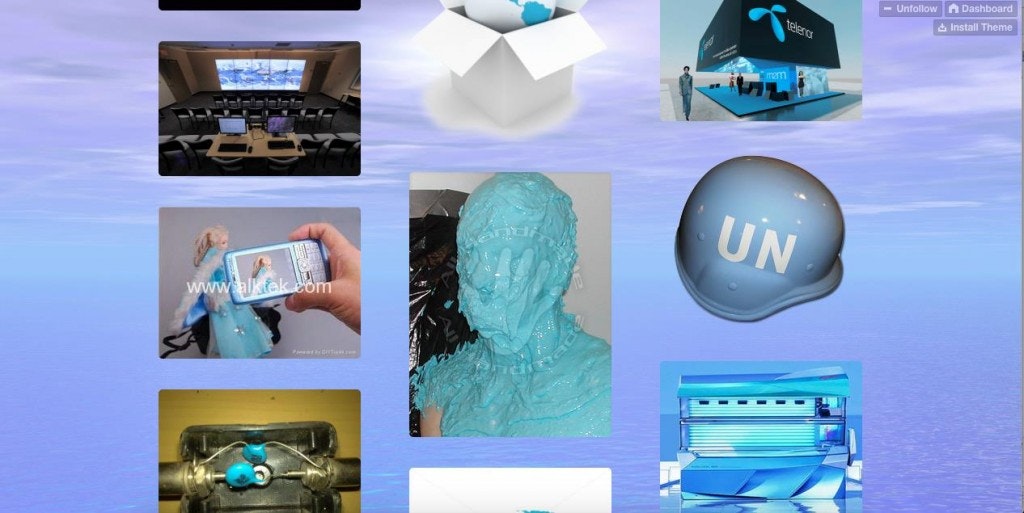If one applies this logic to the artwork in the age of networked technologies, the buzz of the re-blog has, according to David Joselit, replaced its aura: “the status of being everywhere at once rather than belonging to a single place . . . now produces value for and through images.”5David Joselit, After Art (Princeton and Oxford: Princeton University Press, 2012), p. 16. Modulation and adaptation are key forces within these processes and help the image and its various visualizations to continue to live in and move through online image platforms. As part of these processes, images are not only re-configured on the level of pictorial content, but also increasingly on the level of linguistic contextualization. Through changes applied to and accumulated in the metadata of an image (tags, number of views, ratings, etc.) images are modified in ways that don’t necessarily need to affect their aesthetics but impact the ways in which they engage with other content online, in which they are identified, made searchable and retrieved.6Daniel Rubinstein and Katrina Sluis, “Notes on the Margins of Metadata; Concerning the Undecidability of the Digital Image,” Photographies 6 (1). pp. 151–158..







